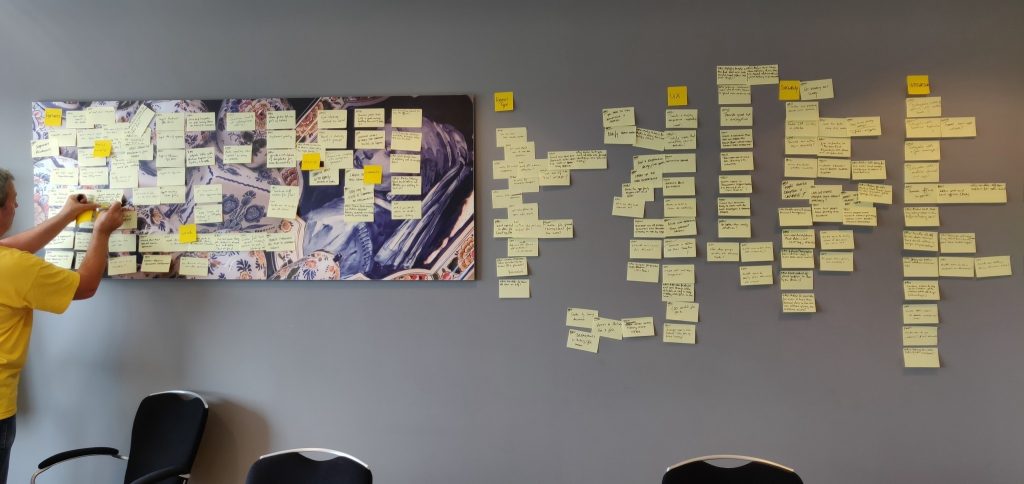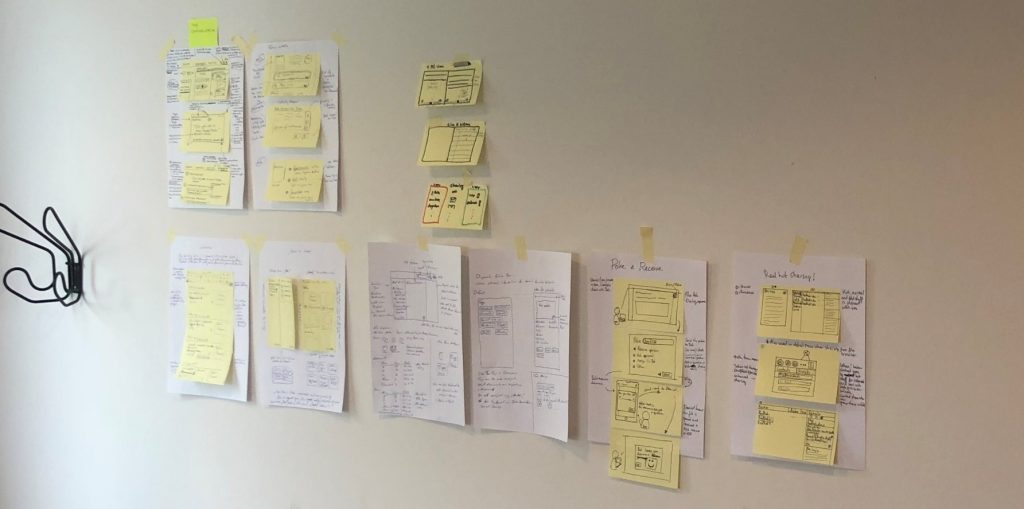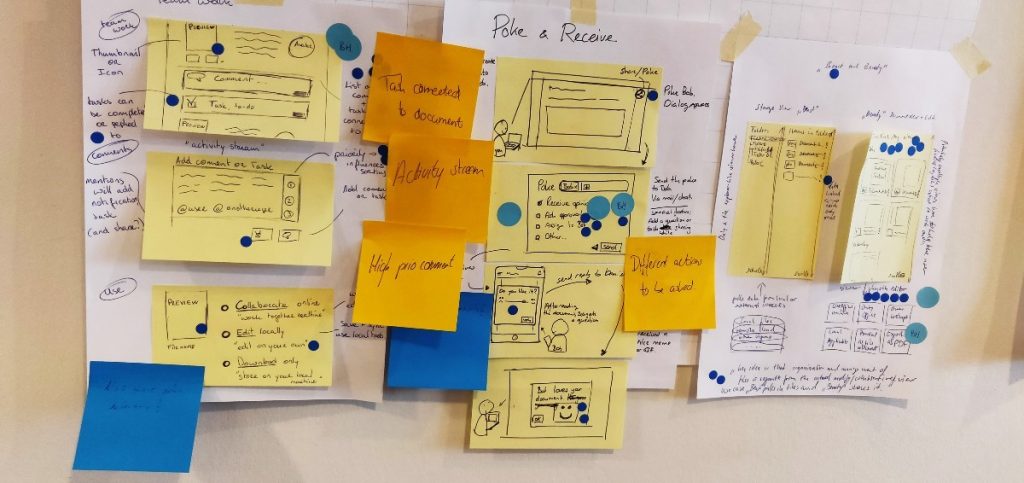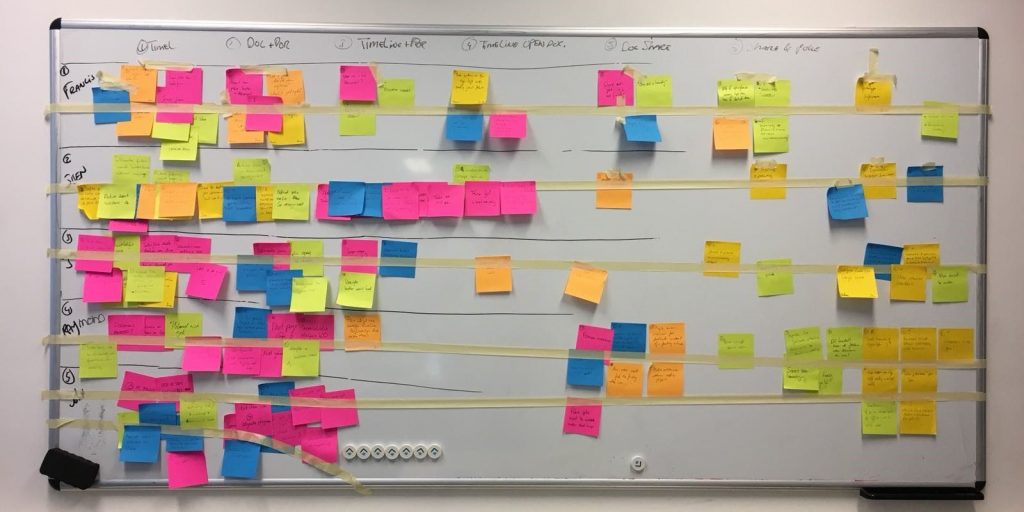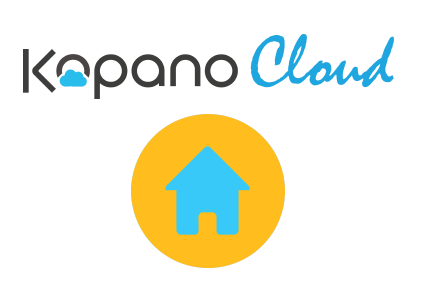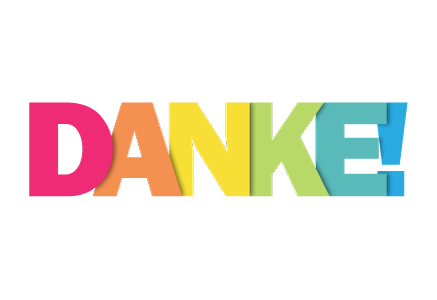Within Kopano we’ve experienced our first design sprint. The focus of Kopano has moved to the creation of innovative collaboration tools, on top of groupware. To jump-start the development of one of our new products, we decided to do a design sprint. A design sprint is a 5-day program created by Jake Knapp from Google Ventures in which you come up with an idea, build it and test it. More information about design sprints can be read in “How to implement a design sprint within your company”.
The scope for the week was all about document collaboration. We used the design sprint to generate and test ideas that would enhance a unique document experience for our customers.
The team
A nice thing about the design sprint is that it gives you a unique opportunity to work with a team from different departments. This enriches knowledge and insights within the team from different perspectives. Our team consisted of the VP strategy, product owner, sales manager, sr. developer, marketeer, UX designer and a support manager.
Seven persons of which the VP strategist was the facilitator and the product owner was chosen as the decider. These last two roles are very important and need to be filled before starting.
Monday
On Monday, 10 a.m. sharp, the design sprint started. Monday is one of the most intense days of design sprints because in one morning, the team needs to define the sprint goal, sprint questions and target for the week. However, it is important and doing it turned out to be a lot of fun.
After the lunch we started the expert interviews, which resulted in hundreds of “How Might We” post-its. Creating the post-its was easy, but getting value out of them all was exhausting.
At 6PM we made all the necessary decisions, so we were ready to start generating ideas.
Our three focus areas for Tuesday were:
- HMW, make it easy to share and notify documents
- HMW, make an easy way to view an comment on documents
- HMW, make clear file organization
Tip: decisions must be made to get to a prototype on Thursday, so don’t be afraid to make these decisions and “lose” a lot of information in the process. In this week, you only need to focus on the most urgent and important matters.
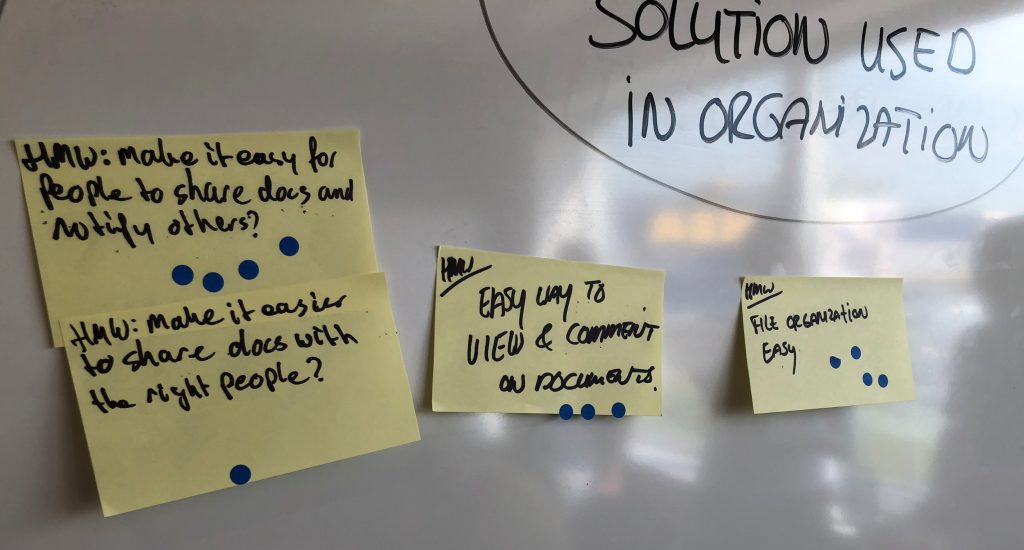 Tuesday
Tuesday
As homework everyone prepared two to three inspiration examples for the lightning demos. As a group of seven we delivered 21 examples, which were drawn on the whiteboard. The lightning demos are not to copy ideas, but are a great way to inspire the group with new insights. With our brains overloaded with information and inspiration from Monday and Tuesday morning the ideation phase started.
If you decide to do a design sprint yourself, you’ll notice that some colleagues will find it difficult to be creative, but the methods in de Sprint book will help the team through the day. Especially the crazy 8’s is a great way to get innovative ideas out of the group.
The end of Tuesday, we felt really satisfied, because – out of all the mess of sticky notes and ideas we’ve created we could stick 7 clean and well-described concepts on the wall.
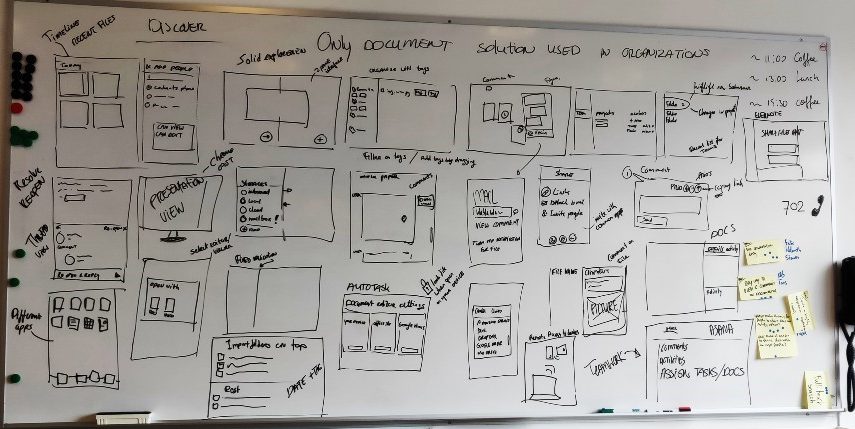 Wednesday
Wednesday
Decisions, decisions, decisions. On Wednesday morning we all had to vote on the concepts we liked best. Exciting and a bit uncomfortable as well, because of course you’re in favor of your own idea. But you are welcome to vote on your own concept; it could be a very good one.
The final vote is a heavy weight on the shoulders of the decider, in our case the product owner. This vote decides what will be tested on Friday. We had multiple good ideas that could be combined into one prototype, so that is what we did.
Tip: Don’t go for the safe concept to work out on Thursday, use this unique chance to work on something exciting and innovative. This prevents neutral feedback, instead you’ll have a big success or you notice failure immediately.
In the afternoon we shaped the concepts into one storyboard. It is really important that every detail is worked out, this saves a lot of time on Thursday when prototyping. The end result on Wednesday is a step-by-step storyboard consisting detailed mockups.
Thursday
For prototyping we used the UX tool Figma. The user-friendly interface with team features makes it very easy to work with inexperienced people on the same prototype. Three people were working directly on the prototype, two others gathered content such as images and text, and the rest used the time to keep the business running. Usually there’s no need for the whole team to attend on Thursday. However it is important to keep the decider updated during the day. So plan a demo around 3 p.m. and do some dry runs to prepare the user tests.
After some stressful moments and hard work we had our interactive prototype ready around 6 p.m. It felt great to see the results of just 4 days of work. On Monday we started with nothing and on Thursday afternoon we had a physical product, awesome!
Friday
Friday, test day! It all comes together on Friday. Research, inspiration, ideation, conceptualization, prototyping and FINALLY… gathering feedback from REAL users. Tuesday we sent out a Facebook ad to get test users to our office. Around 15 attendees signed up and from them selected five to come over and try our prototype.
The users were positioned behind a laptop together with one interviewer who walked them through the test. With help of a live stream the remaining six of the team made notes. And notes they made! A whiteboard fully plastered with sticky notes. Green and yellow post-its for positive feedback, purple and orange notes for negative feedback.
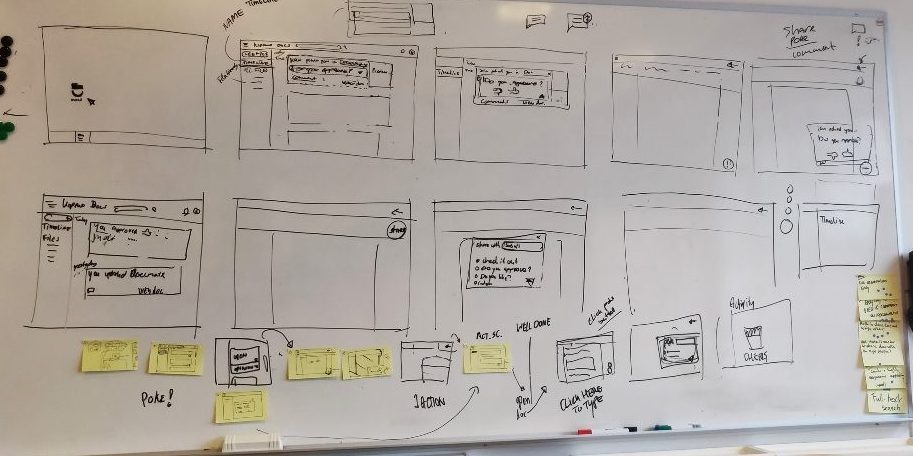 What’s next?
What’s next?
After the 5-day design sprint everyone felt satisfied. It was exhausting, but the results were positive and we gained plenty of insights. The feedback was processed and reflected on our sprint goal. The concept we developed seems promising, so we decided to continue within this direction.
A real jump start, because out of nothing we had a design and a feature where we want to build our product around.
The design sprint was a big success and it is an interesting tool to try within your company. We are sure to do such a sprint again or use specific parts of it in the near future.


